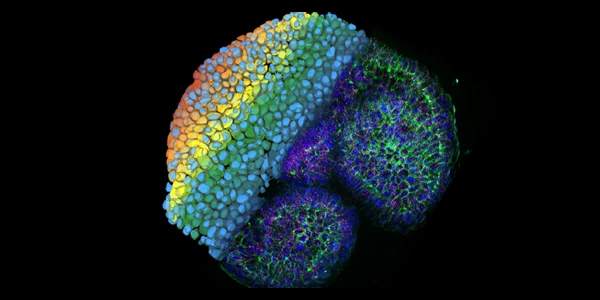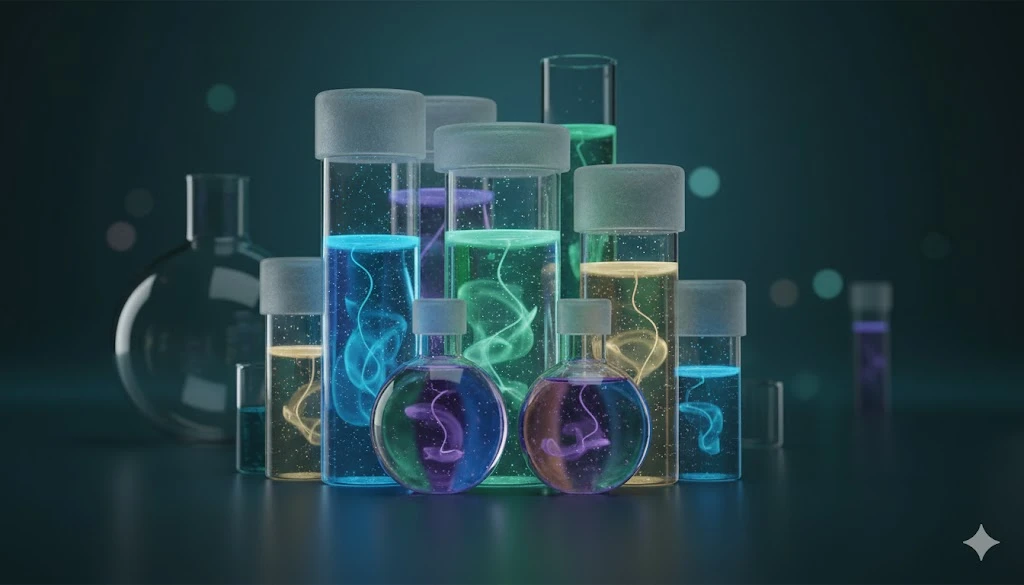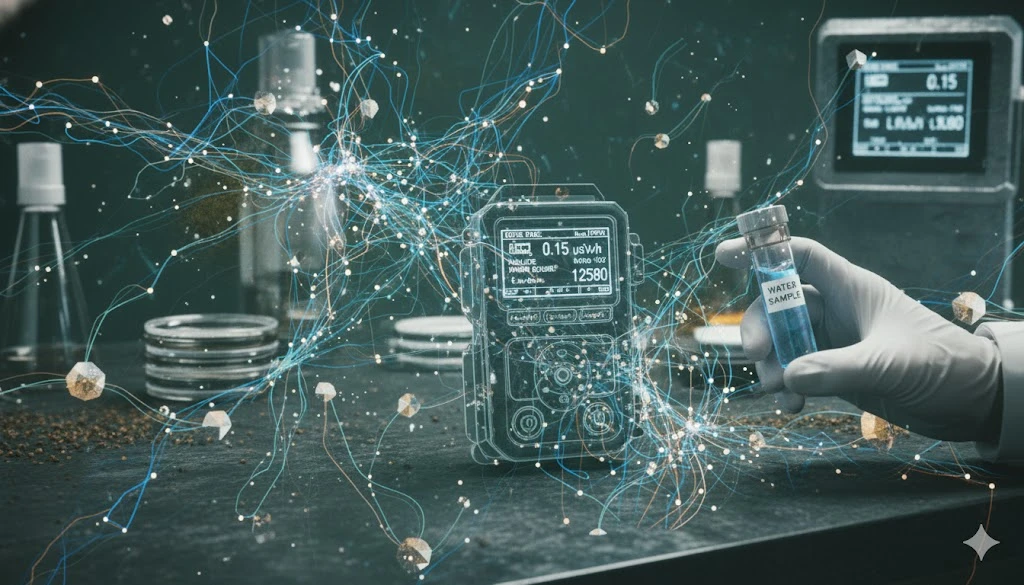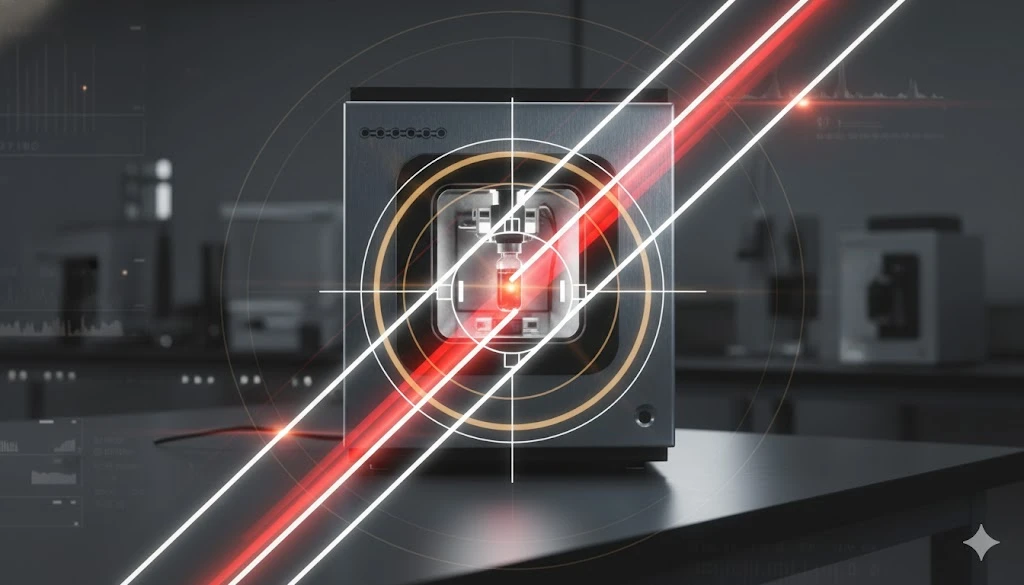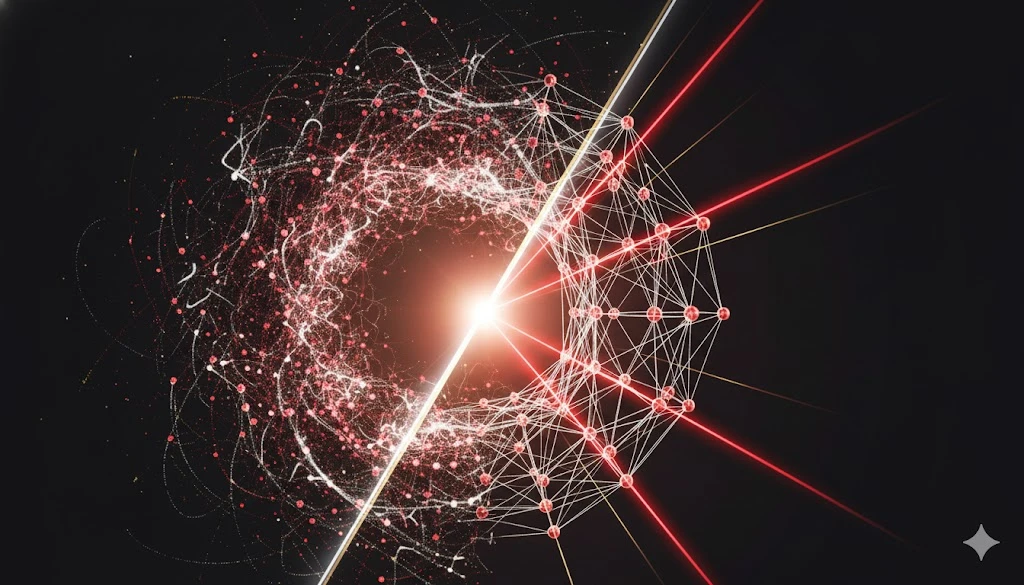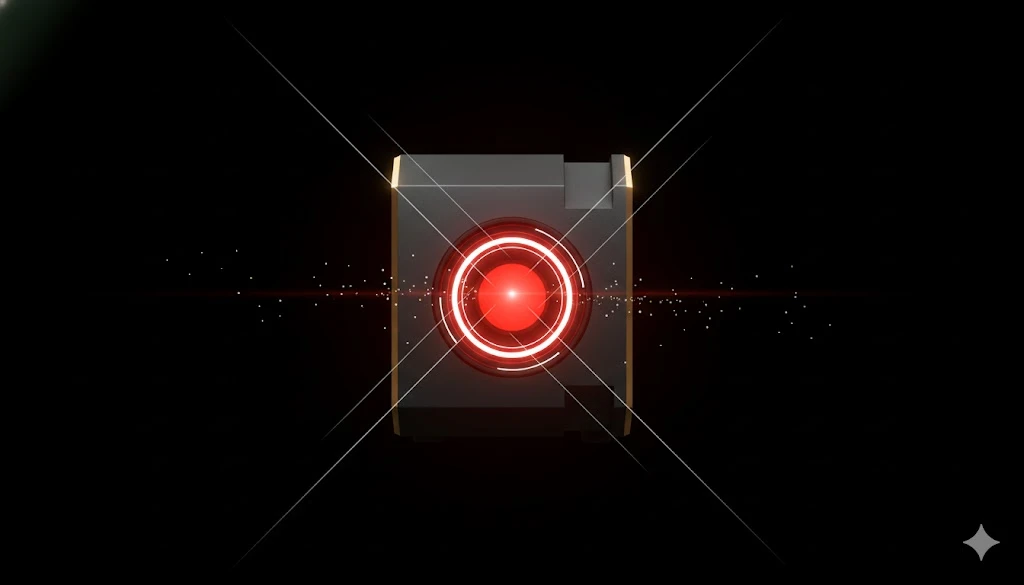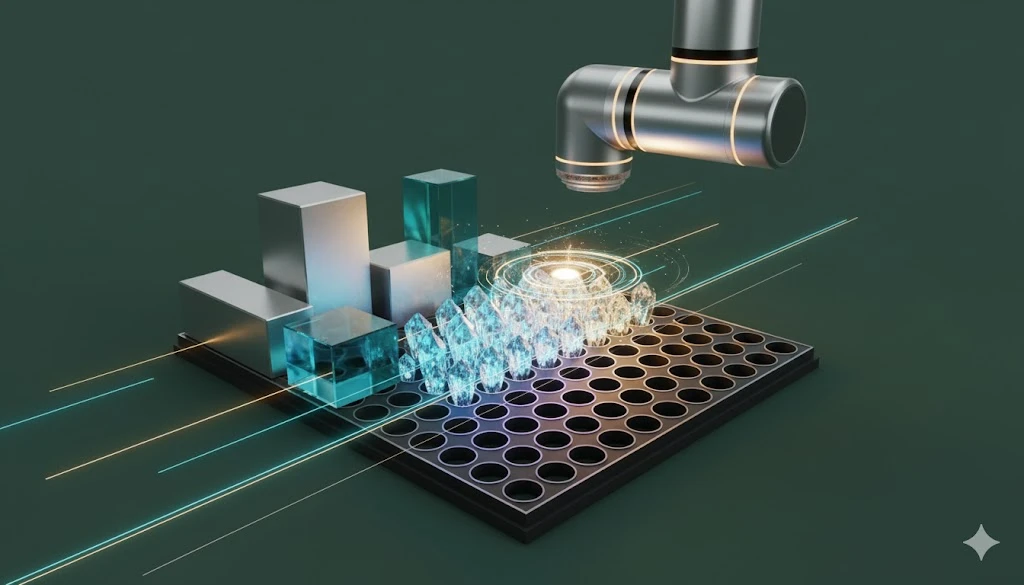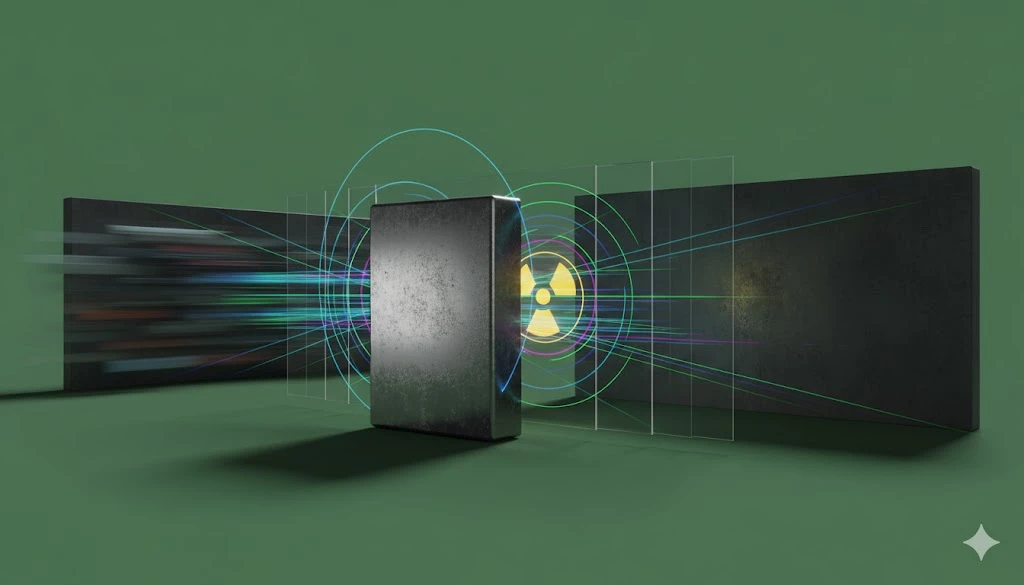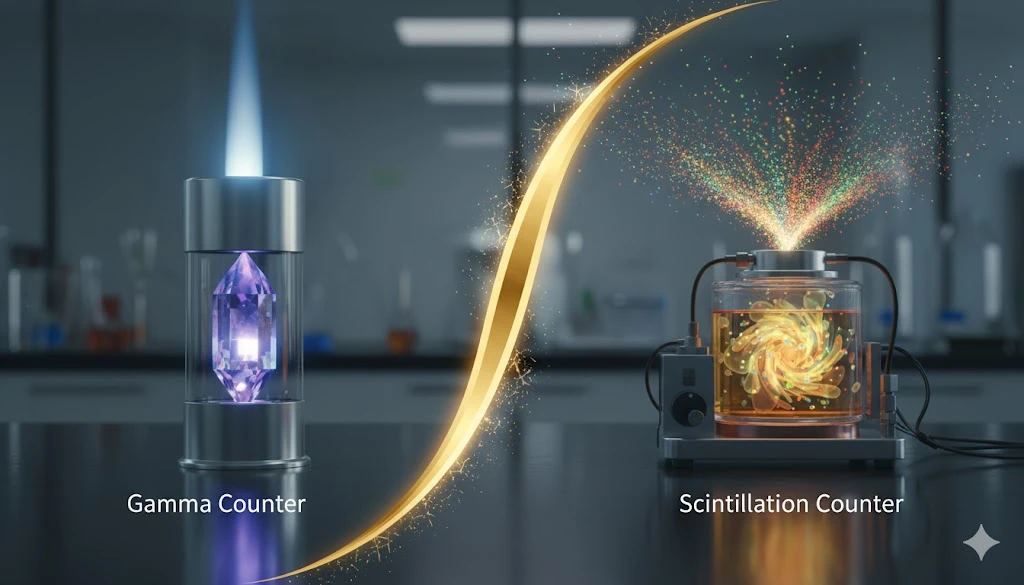Supercritical Fluid Chromatography (SFC): New Products and Emerging Applications
Optimization to reduce resource consumption while enhancing run times and performance, has become a primary goal in this new era of lab efficiency.
Moving towards environmentally friendly operations has been an important focal point of labs in general.
Liquid chromatography and gas chromatography each have prolific histories, having found their way into all matters of analytical lab science. There is another technique, however, that has become increasingly important to analytical chemists, across the landscape from academic to industrial labs.
Supercritical Fluid Chromatography (SFC) uses a unique mobile phase and harnesses intrinsic properties of materials to enable separations capabilities over those of traditional LC and GC. New and emerging applications have brought with them a host of new technologies -- with elevated performance, efficiency, and green chemistry as key drivers.
What is supercritical fluid chromatography?
SFC stems from the original concept underlying the physical properties of supercritical fluids. The phase diagram for a material has a point where the different states of a substance (solid, liquid, gas) converge. The location of this point is a function of temperature and pressure. The critical temperature is the temperature above which a liquid turns into a gas. The critical pressure is the minimum pressure needed to convert a gas to a liquid.
Supercritical fluids, substances held beyond the critical temperature and pressure, have properties of both liquids and gases. To a chromatographer, the fluids can behave like gases with molecules that move like gas molecules. At the same time, the fluids have liquid properties, including densities and solvation properties. SFC encompasses a unique set of separations parameters that take advantage of both GC and LC attributes.
What can be separated by supercritical fluid chromatography?
SFC can be used to separate compounds that degrade at high temperatures and are therefore beyond GC capabilities. SFC can also separate substances with functional groups that traditional LC techniques and detectors cannot resolve.
SFC benefits from high resolution and fast mobile phase separations. Advantages include the ability to “tune” a wide variety of parameters including the stationary phase, flow rate, pressure, temperature, percentages and nature of the solvent modifier and the use of additives. These advantages make SFC a fit for analysis of chiral and isomeric separations as well as compounds which fail to resolve by way of HILIC and traditional reverse-phase LC techniques.
SFC is considered a normal-phase method, typically using non-polar CO2 as the mobile phase, and additives such as trifluoroacetic acid or diethylamine can extend the range and resolution for polar compound separations. Supercritical CO2 is non-toxic and can be of food-grade quality making its use ideal for applications involving consumer products and formulations. Food and beverage science, drug development, biomedical research, polymer science, and even cannabis testing all benefit from SFC techniques and analytical platforms.
New supercritical fluid chromatography technologies and products
Agilent offers a range of LC and SFC solutions including the 1260 Infinity II SFC system.
- A requirement of SFC systems is the ability to reach and hold supercritical pressures during runs. This system supports pressure up to 600 bar (8701 psi), well above the critical pressure for CO2.
- The pumps handle flow rates up to 5 mL/min and the unique FEED injection technology enables reproducible injections over a wide range (0.1 to 90 µL).
- Detection options include: the addition of a mass spectrometer, an evaporative light scattering detector, or a SIM flame ionization detector.
The 1260 Infinity II SFC/UHPLC Hybrid System extends performance to allow SFC and ultrahigh-performance liquid chromatography (UHPLC) on a single instrument.
- Up to 600 bar in SFC mode and up to 800 bar in UHPLC mode are achievable
- Switching between the two modes can be fully automated.
- Operating in two orthogonal separation modes enables intelligent screening for the best-suitable methods. This delivers comprehensive information on complex samples and higher reproducibility of results.
Shimadzu recently introduced the Nexera UHPLC Series platform with AI and IoT enhancements to make operation and management of the systems more capable and efficient.
The Nexera UC (SFC/SFE) System combines supercritical fluid extraction (SFE) with SFC in a concept termed unified chromatography or UC.
- Target compounds are extracted from solid samples and automatically transferred to SFC/MS analysis.
- The entire workflow is contained in a single flow path, which reduces the time for pre-treatment of samples and eliminates possible interferences from human intervention.
- Ideal applications range from contaminant and pesticides testing to blood biomarker and forensics analysis, using a range of samples from dietary supplements to dried bloods spots and more.
The new Nexera Prep SFC Preparative SFC System builds upon the analytical-scale Nexera UC system, resolving a number of historical issues observed with preparative-scale SFC.
- The unique LotusStream separator technology achieves higher recovery rates and fractionation efficiency, while minimizing fraction carryover and analysis times.
- The Prep Solutions workflow allows stacked injections, simplified post-processing, easy peak picking, and overall use.
- The system is compact, with minimal bench space requirements and allowing maximal resource use.
Cannabis potency and contaminants testing has been largely associated with HPLC as the gold standard technique. Limitations including excess solvent use, low relative flow rates, and the need for polar extraction solvents for compatibility with RP-LC separations, have made the technique less than ideal for certain routine analysis.
SFC is emerging as an efficient, capable, and “green” chemistry alternative solution for cannabis testing applications.
- Shimadzu has demonstrated methods employing the Nexera UC system in the analysis and quantification of 9 major cannabinoids from dried hemp flower. The methods show strong performance gains over HPLC with less restrictions and better efficiency.
Additional groups have explored the use of SFC and multiple parameters for cannabis analysis including:
- The use of supercritical CO2 and organic modifier(s) appropriate for cannabinoid extraction.
- Preferred stationary phases requiring the least amount of organic modifier and the highest resolving power.
- The range of flow rates and detection conditions which support improved analysis times and yields.
There are very likely a range of new technologies emerging as alternatives to HPLC for cannabis testing – promising to cause a stir in the industry.
Summary
The advantages of SFC over traditional GC and LC are becoming clearer. There are, however, several considerations that make SFC challenging as a universal technique. High pressures must be achieved, and equally important, maintained throughout runs in order to ensure performance. This requires high-strength valves, seals, and operating accessories to ensure the highest robustness. HPLC can be more selective for chemically complex matrices as well.
All things considered, the benefits of fast, efficient, and green separations make SFC a viable technique for a growing range of applications.
